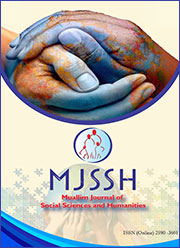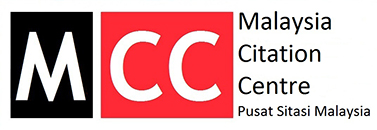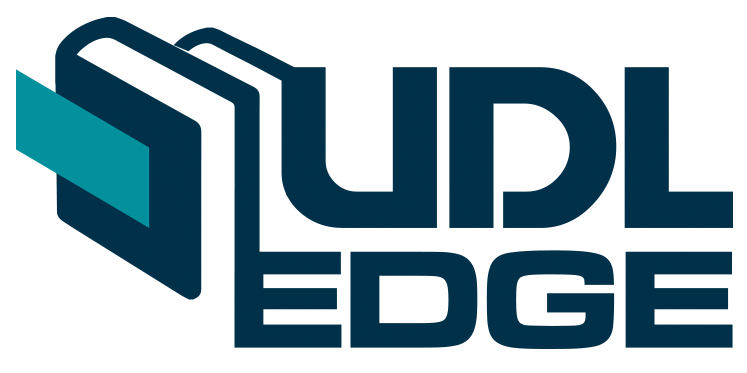21ām nūṟṟāṇṭuk kalviyil cintaṉait tūṇṭal kaṟpittal muṟai [The inquiry method in 21st century education]
21ஆம் நூற்றாண்டுக் கல்வியில் சிந்தனைத் தூண்டல் கற்பித்தல் முறை
Keywords:
Thinking skills, submitting issues, commenting, evaluating the answer, Inquiry Method, Presenting Problems, சிந்தனைத் தூண்டல், சிக்கல்களைச் சமர்ப்பித்தல், கருத்து வெளியிடுதல், விடையை மதிப்பீடு செய்தல்Abstract
The Inquiry Method in 21st century Education is a fun teaching method where students can express themselves freely. Characteristics of this method are submitting problems, allowing all students to comment, and then evaluating the answer. This learning approach, which is diagnostic through questions. Hence the attitude of students engaging in learning on their own. In this way students are able to focus fully on the curriculum as they act with a research mindset. The thinking process involves step-by-step problem finding, observing and describing problems, preparing questions, analyzing the answers to the questions, sharing the solution, and compiling. The Inquiry Method in teaching is students centred which stimulates thinking and research attitudes, fosters creativity and lead to sustainable learning.
[21ஆம் நூற்றாண்டுக் கற்றல் கற்பித்தல் அணுகுமுறைகளில் சிந்தனைக்கிளறல் கற்பித்தல் முறை அல்லது சிந்தனைகளைத் தூண்டல் கற்பித்தல் முறை என்பது மாணவர்கள் சுதந்திரமாகக் கருத்து வெளியிடக்கூடிய மகிழ்ச்சி மிக்க கற்பித்தல் முறையாகும். இம்முறையின் பண்புகளாக வகுப்பில் அனைத்து மாணவர்களும் சிக்கல்களைச் சமர்பித்தல், மாணவர்கள் அனைவரும் கருத்து வெளியிடுவதற்கு இடமளித்தல், விடையைப் பின்னர் மதிப்பீடு செய்தல் ஆகியன வரையறுக்கப்பட்டுள்ளன. சிந்தனைத் தூண்டல் முறை, வினாக்கள் தொகுத்தல் முறையை அடிப்படையாகக் கொண்டு அமைக்கப்பட்டுள்ளது. சிந்தனைத்துண்டல் முறையில் சிக்கலைக் கண்டறிதல், சிக்கல்களை உற்றுநோக்குதலும் விவரித்தலும், வினாக்கள் தயாரித்தல், வினாக்களுக்குகந்த விடைகளைப் புலனாய்வு செய்தல், பகுப்பாய்தல், தீர்வைப் பகிர்தல், தொகுத்தல் ஆகியவற்றை உள்ளடக்கியுள்ளது. சிந்தனைத் தூண்டல் முறை கற்பித்தல் மாணவர்களின் சிந்தனையையும், ஆய்வு மனப்பான்மையையும் தூண்டுவதுடன், படைப்பாற்றலையும் வளர்க்கிறது. மாணவர்கள் மையக் கற்றலாக அமைவதுடன் நிலையான கற்றலுக்கும் வழிவகுக்கின்றது.]
References
Bruce Joyce, Marsha Weil. (2003). Models of Teaching: Fifth Edition. New Delhi: Prentice Hall of India.
Ilampuuranar. (2015). Tolkāppiyam eḻuttu, col, poruḷ [Tolkappiyam writing, word, meaning]. Chennai: Saratha Publications.
Neil Postman, Charles Weingartner. (1969). Teaching as a Subversive Activity: The Inquiry Method. New York: Teachers College Press.
Rajendran, N. S. (2010). Teaching thinking skills at institutions of higher learning: Lesson learned. Pertanika Journal of Social Science and Humanities, 18, 1-14.
Narayanasamy, K. (2018). Kalviyum cintaṉaiyum [Education and Thought]. Kuala Lumpur: Firdaus Press, Sen. Per.
Erickson, H. (2007). Concept-based curriculum and instruction for the thinking classroom. Thousand Oaks, CA: Corwin.
Fullan, M. (2001). The new meaning of educational change (3rd ed). New York: Teachers College Press.
Raths, E L. et.al. (1986). Teaching for Thinking: Theory, Strategies and Activies for Classroom. New York Teachers Collage Press.
Gardner, H. (1983). Frames of Mind: The theory of Multiple Intelligence. New York: Basic Book.
Published
 Abstract Display: 232
Abstract Display: 232  PDF Downloads: 240
PDF Downloads: 240 













 This work is licensed under a
This work is licensed under a